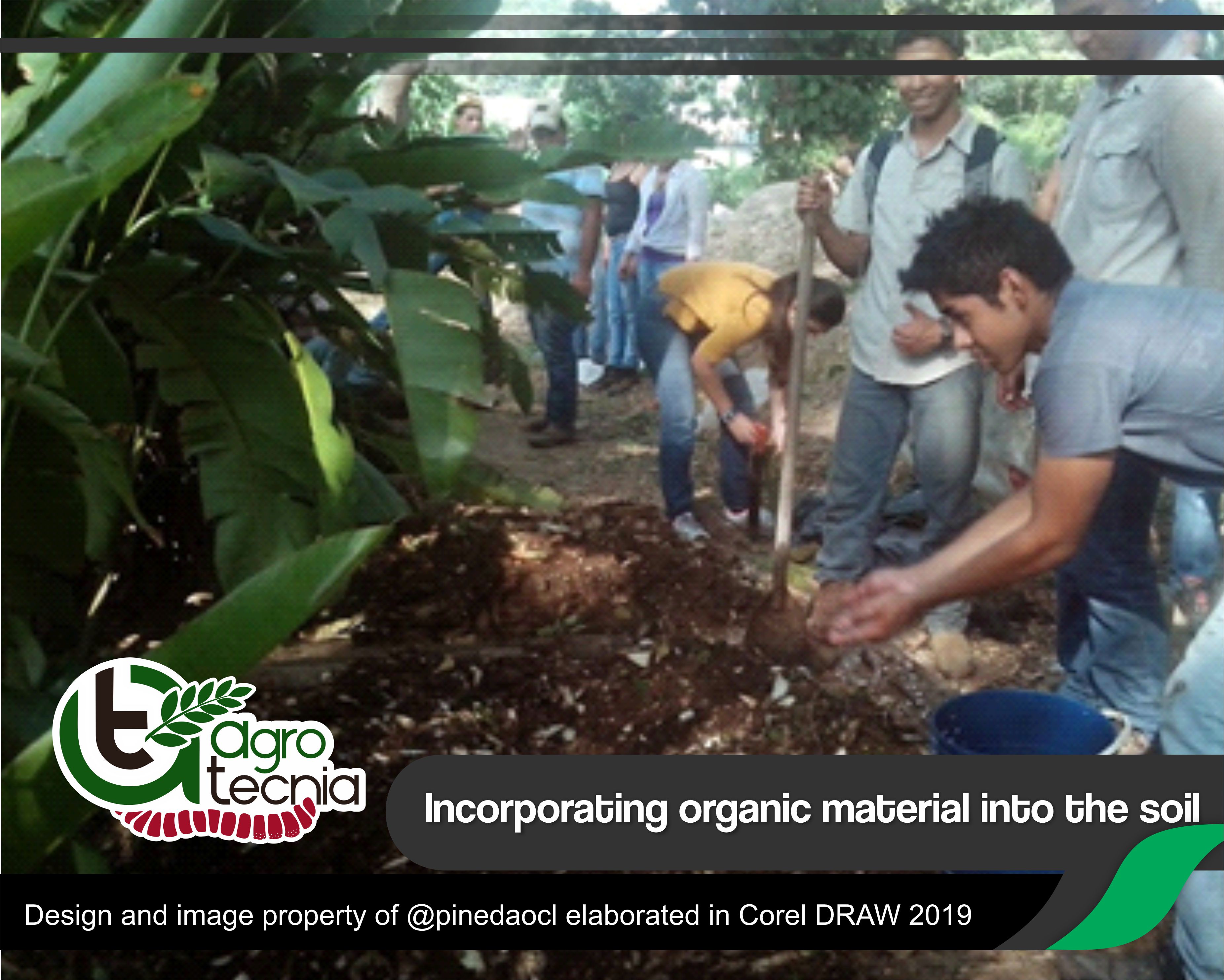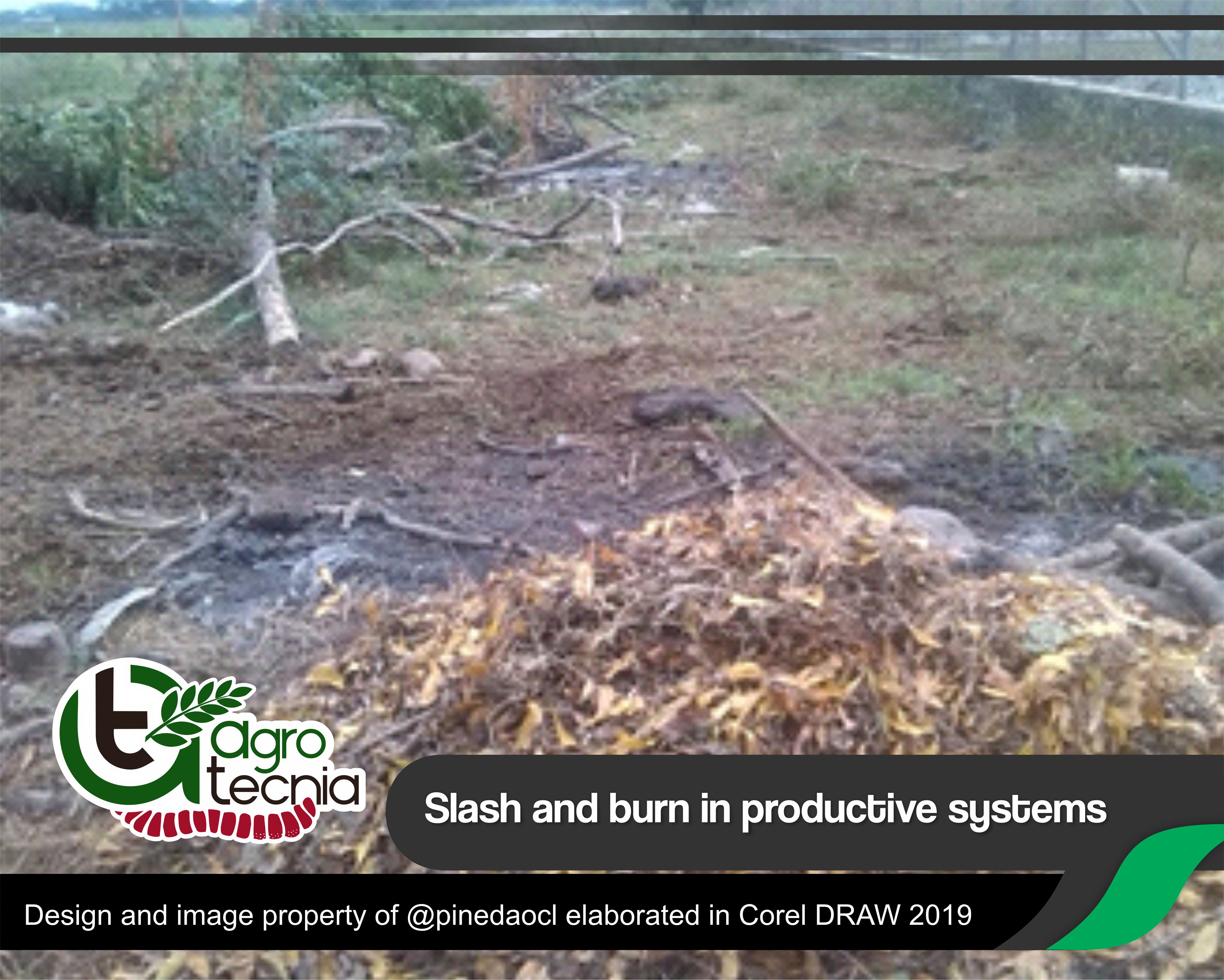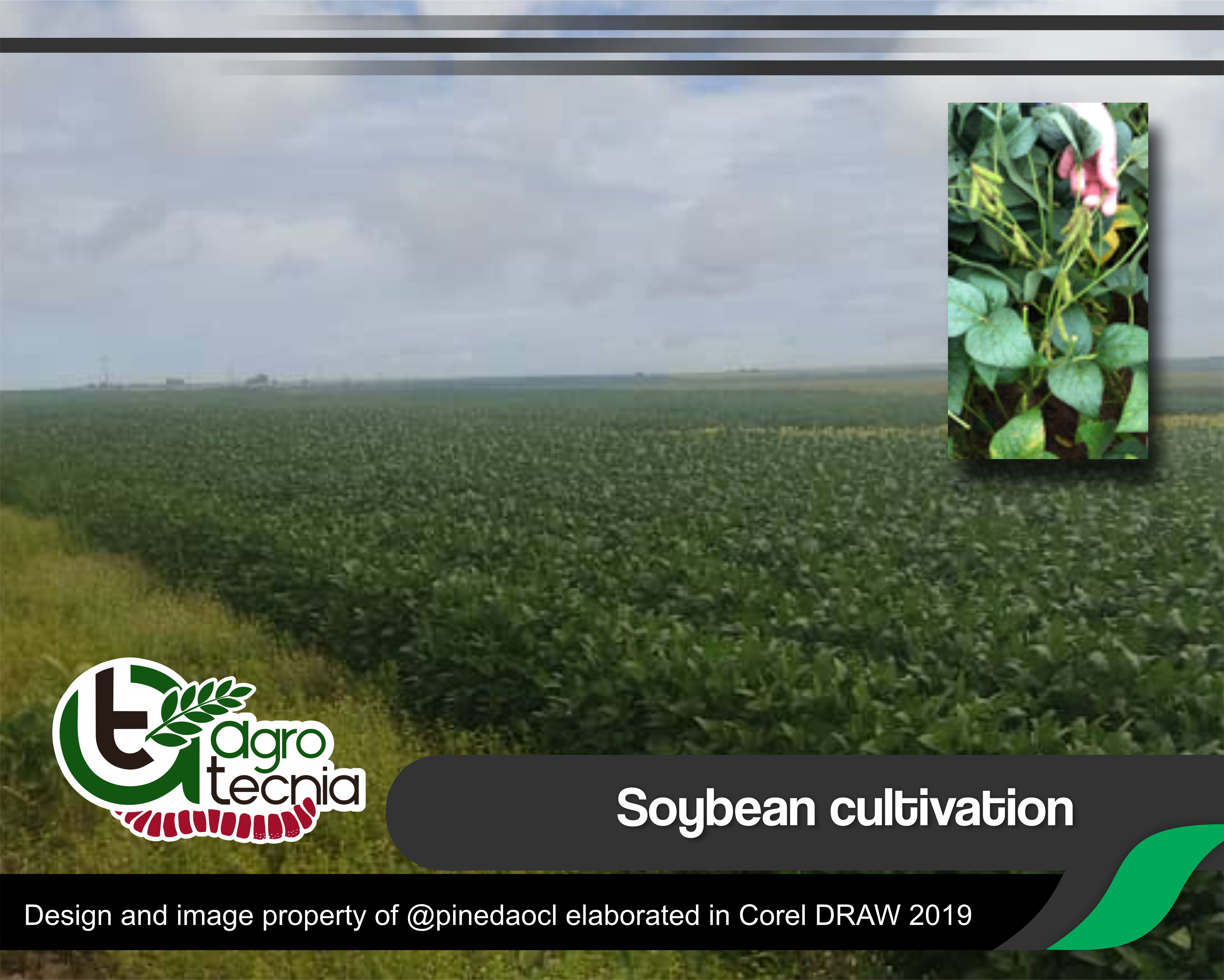Agro-ecological ideari to production systems
Greetings my dear readers. Today I will share some key ideas in the area of agroecology that can be applied in agricultural production systems, in order to mitigate the problems we have caused in the field by the misuse of conventional agricultural practices (excessive use of pesticides, abuse in the use of agricultural machinery, use of synthetic fertilizers, among others); ecosystems have the capacity to function harmoniously among all their components, however, as human beings, in search of satisfying our food needs mainly, we break the natural balance of these systems, so in this article, we will present alternatives that allow us to produce with the least possible impact.
From a particular perspective, the basis of agricultural ecosystems is the edaphic factor, in which an infinity of biotic components are developed that provide multiple benefits, not only from the physical aspect, but also fertility, a key example is the meso and micro fauna that inhabits the soil, which should be cared for and encourage their population growth per square meter, one way to do this is to incorporate organic material so that insects, fungi, bacteria and others, which are responsible for the decomposition of such material, can feed on it. In addition, the humidity needs that these organisms require to live and multiply must be taken into account.

On the other hand, the abuse of any chemical product of synthetic origin should be avoided, due to the susceptibility of microorganisms to its components, as well as logging and burning, the excessive use of agricultural machinery causing soil compaction, which generates the difficulty of soil aeration and permeability; these practices have generated the depletion of the soil resource in agricultural and livestock areas, as they are highly detrimental to the proliferation of soil fauna.

As it has been mentioned, one of the most important components is the soil, and another of the practices that allow to keep it healthy, are the green manures, this practice consists in cultivating plants preferably herbaceous, in the spaces that are not being used by the crops that are mainly established for commercial purposes, once the vegetative cycle is reached, they are incorporated into the soil for its subsequent decomposition; with this we can:
- Firstly, to provide ground cover during the periods in which these spaces are not used, thus avoiding erosion by wind and the impact of rainfall.
- Second, when plant roots penetrate the soil, they improve its structure, allowing good air and water circulation.
- Third, they prevent the proliferation of spontaneous flora that may compete with crops of economic interest once they are planted.
- Fourth, they return to the soil the nutrients obtained during their growth and development once they are incorporated into it.
- And last but not least, we can take advantage of them by cultivating species such as leguminous plants (beans, lentils, beans, beans, among others), which in addition to benefiting us with their production, make an important contribution of nitrogen fixation through the symbiotic relationship with the rhizobhium.

Another way to conserve the soil, is to provide an efficient management of nutrients through the use of organic fertilizers, obtained from an adequate decomposition of plant remains and animal manure, which increases the organic matter in the soil, optimizes the biogeochemical cycle of nutrients, and improves the natural process for carbon sequestration in the soil. When we achieve high percentages of organic matter in a soil, we reestablish the biological balance, since this strengthens the growth of microorganisms which are responsible for solubilizing the nutrients necessary for plants.
In a nutshell, it is only necessary to know the benefits that each living organism can provide naturally, and make good use of it, without compromising natural resources, it is about collaborating with the Pachamama and return to our fields what we have destroyed for years, through the principles of agroecology, we can develop production models that allow the restoration of the system, improving the interactions of different ecosystems, and at the same time, producing healthier and more nutritious food for the human species.

- Fundación Hondureña de Investigación Agrícola. 2004. Guía sobre prácticas de conservación de suelos. La Lima, Honduras.
- Jiménez, L., Noguera, N., & Larreal, M. (2004). Changes in the productivity of a degraded Ultisol by the application of bovine manure. Journal of the Faculty of Agronomy, 561-570.
Rodríguez, G., & Barrios, J. 2018. Green legume fertilizers: integration in agricultural and livestock systems in the tropics. University of Costa Rica. Agronomía Mesoamericana, vol. 29, no. 3, pp. 711-729.


0
0
0.000
Thanks for your contribution to the STEMsocial community. Feel free to join us on discord to get to know the rest of us!
Please consider delegating to the @stemsocial account (85% of the curation rewards are returned).
You may also include @stemsocial as a beneficiary of the rewards of this post to get a stronger support.
First of all, I would like to apologise for this very late comment. As already mentioned elsewhere, last week was hectic for me, both emotionally and work-wise. Consequently, I have missed a lot of things that happened on chain and on STEMsocial in particular, including your post.
I really enjoyed reading the practices for the soil that you listed, as those consist in practice that are also applicable at small scales (i.e. the scale of my personal garden). We actually follow most of them, and it definitely helps the soil to stay healthy.
Cheers!
Greetings @lemouth, tranquility happens to all of us, we live in a busy world.
Yes of course, these practices are perfectly adaptable to any space, from small gardens to large tracts of land, also allow us to take advantage of local materials that may be within our reach, as I always tell my students, in the field we do not follow recipes, we must be clear about the basic principles to provide solutions to problems according to the context.
Thank you very much for your interventions in my blog.
This is a very good advice:
This applies to many problems. Following a recipe may work up to some point, but at the end of the day it is better to design our own solution and build our knowledge little by little (relying of course on a solid basis).
Cheers, and thanks for coming back to me!
Congratulations @pinedaocl! You received a personal badge!
You can view your badges on your board and compare yourself to others in the Ranking
Check out the last post from @hivebuzz:
Support the HiveBuzz project. Vote for our proposal!